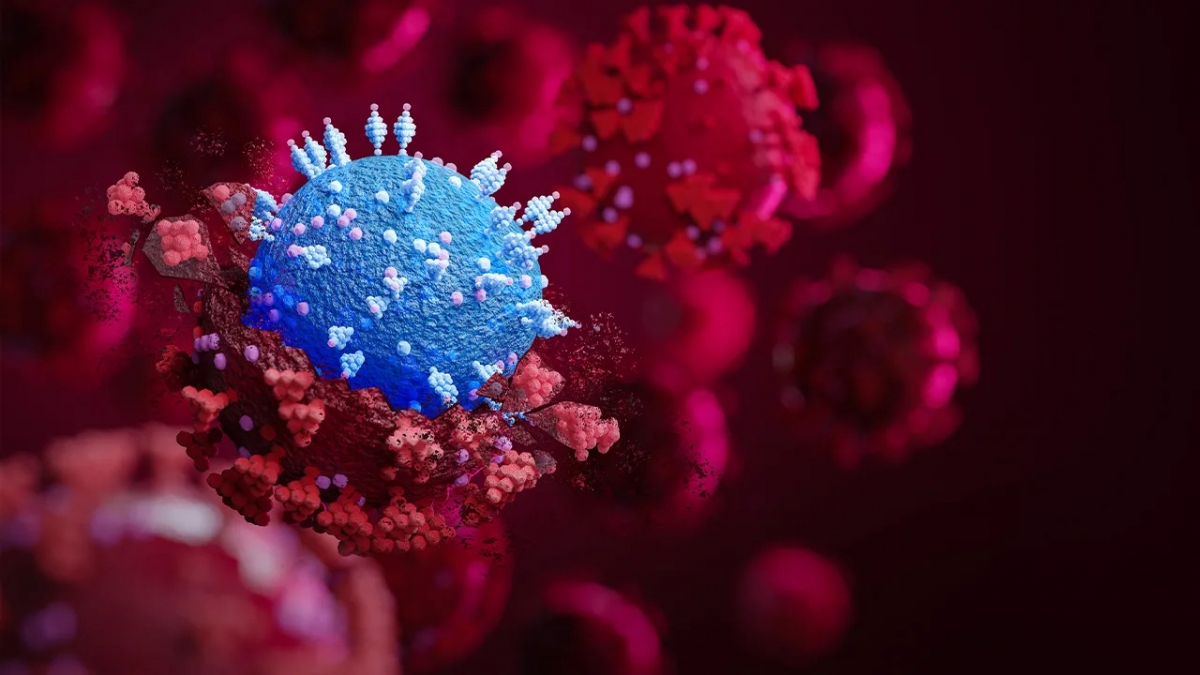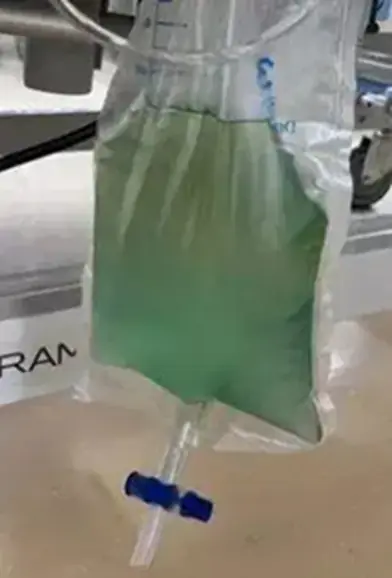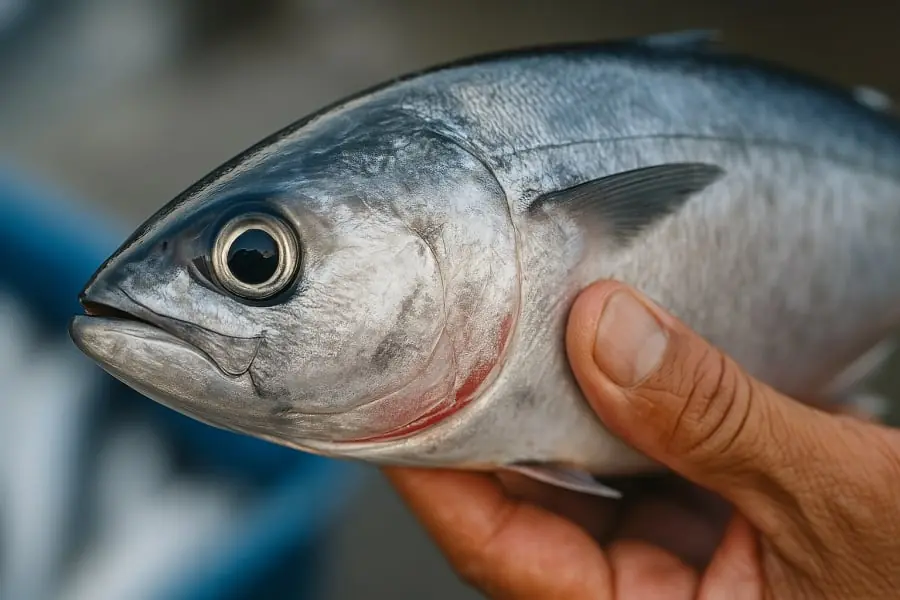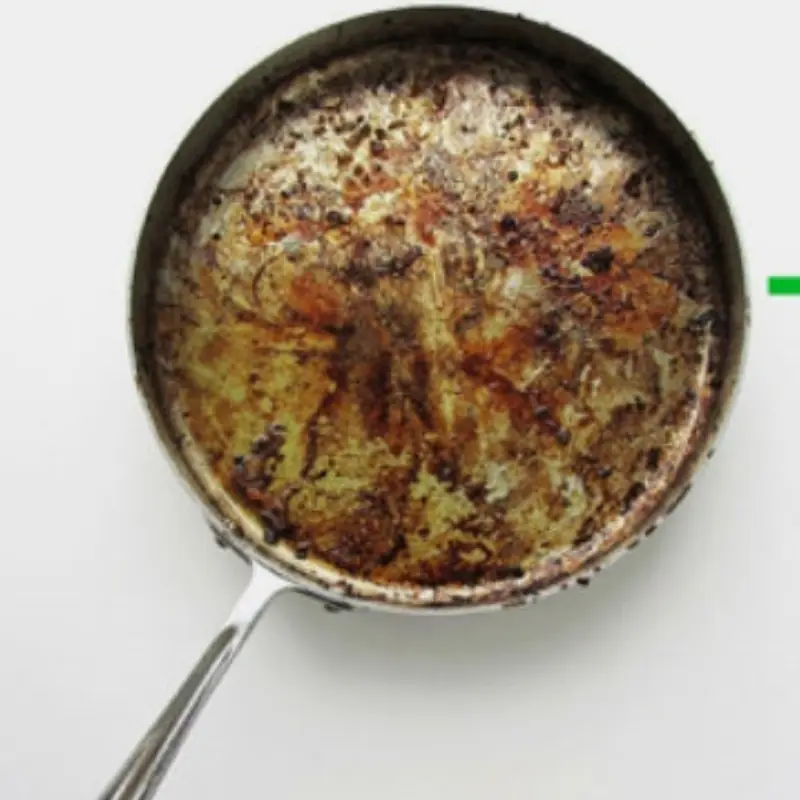
What to Do If You Catch the New COVID-19 Variant: Expert Tips for Easing 4 Common Symptoms
What to Do If You Catch the New COVID-19 Variant: Expert Tips for Easing 4 Common Symptoms
Some nutrition experts recommend four dietary principles to help patients infected with the new COVID-19 variant recover more quickly. If you’re experiencing severe sore throat or body fatigue, what should you eat to feel better?
According to Chinese nutritionist Cao Man Man, many people may be infected with COVID-19 without realizing it—even without a fever, they could still test positive. She analyzed common symptoms of the new variant and recommended suitable nutrition to ease discomfort and support faster recovery.
Common Symptoms of the New COVID-19 Variant and How to Relieve Them
1. Fatigue, Lethargy, and Weakness
If you feel exhausted after infection, add unrefined whole grains to your diet—such as brown rice, pumpkin, corn, sweet potatoes, and potatoes. Also, consider taking B-complex vitamins to boost energy and support metabolism.
Note: Those with sensitive digestive systems should take B vitamins after meals.
2. Sore Throat, Hoarseness, Cough
To relieve these symptoms, take vitamin C in the form of effervescent tablets or supplements to help heal damaged mucous membranes and shorten recovery time. You can also increase your intake of vitamin C-rich foods such as guava, red bell peppers, kiwi, and cherry tomatoes.
Reminder: Take vitamin C at least 2 hours apart from other medications.
3. Diarrhea, Nausea, Vomiting
For gastrointestinal symptoms, it’s essential to drink at least 1500ml of water daily and replenish electrolytes to avoid dehydration and imbalances. Use pharmacy-grade oral rehydration solutions if needed.
Avoid commercial sports drinks, which often contain excessive sugar.
4. Body Aches or Inflammation
To support tissue repair and reduce inflammation, consume high-quality protein and fish oil. Good sources include chicken, eggs, tofu, and salmon—rich in omega-3s known for their anti-inflammatory benefits. You can also use EPA-based fish oil supplements. If you can’t get enough protein from meals, consider drinking protein-fortified milk.
Expert Reminder: Cao Man Man advises monitoring your symptoms closely, even if they seem mild. Seek immediate medical attention if you experience difficulty breathing, prolonged diarrhea, or severe headache lasting more than 48 hours. Preventive measures are still crucial: wear a mask, avoid unnecessary outings, and maintain hygiene and disinfection routines to stay protected.
COVID-19 vs. Seasonal Flu: How to Tell the Difference
Because symptoms of COVID-19 and the flu are quite similar, it’s important to know how to differentiate them.
COVID-19 Symptoms (Viral Pneumonia)
-
Common symptoms: fever, dry cough, fatigue.
-
Other symptoms: loss of taste or smell, nasal congestion, conjunctivitis, sore throat, headache, muscle or joint pain, rash, nausea or vomiting, diarrhea, chills, or dizziness.
-
Severe complications: breathing difficulty, chest pain or confusion, respiratory failure, acute respiratory distress syndrome (ARDS), sepsis and septic shock, blood clots, multi-organ failure.
-
Some children and teens may develop MIS-C (Multisystem Inflammatory Syndrome), leading to organ failure and shock.
Seasonal Flu Symptoms
-
Common symptoms: fever, cough, sore throat, runny nose, muscle aches, fatigue, headache; vomiting and diarrhea may also occur.
-
Cough may be more intense and linger longer. Fever and other symptoms typically resolve within 5–7 days.
-
In people with weakened immunity or the elderly, the flu may lead to serious complications like bronchitis or pneumonia.
-
Healthy individuals generally recover from the flu within 2–7 days.
News in the same category


Startled: 5 signs on the hand warn that the lungs are in danger

More and more people are dying from heart failure, doctors warn: No matter how difficult it is, you must give up these 4 habits!

Woman Di.es After Using Air Conditioner: Doctors Warn of a Critical Mistake Many People Make

Shoc.king: 5 Alarming Signs in Your Hands That May Indicate Lu.ng Problems

COVID-19 returns, advice for middle-aged and elderly people: Touch 2 things less, eat 3 dishes more, do 4 things well, strengthen immunity

Woman gets meningitis from a food that is in every house's refrigerator

25-year-old man pees "strange green liquid" and falls into a deep coma due to deadly poison commonly found in a popular dish

3 Common Household Items Loaded with Toxins: Many Families Use Them Daily Without Realizing the Danger

I'm a doctor and I threw my air fryer in the BIN - and you should too for ca.n.cer reasons

Study of 900 COVID-19 patients finds: Vitamin helps restore physical strength faster

3 types of meat are "nests of parasites" if cleaned carelessly, many people still rush to eat them without knowing

Suffering from a prolonged choking sensation, thought to be a stomach problem, the woman accidentally discovered that her thyroid gland had CAN.CER

Persistent Throat Tightness Mistaken for Gastric Issues—Woman Discovers Thyroid Can.cer by Accident

4 parts of chicken you should not eat

Drinking coffee at the wrong time can ha.rm your heart

6 wa.rning signs your bo.dy might be “nurturing” can.cer

5 effective liver de.tox drinks to have before bed

3 Fruits That May Harbor Parasites – Eat with Caution to Avoid Illness
News Post

Dirty Grout Between Bathroom Tiles? These 5 Simple Methods Will Restore the Shine With Minimal Effort

No More Watery or Dry Meat – Use This Drop Method to Defrost Fast and Keep It Fresh

Doctors warn that these 6 oils should be limited, because if consumed in excess, it can increase the risk of colorectal cancer, liver cancer, breast cancer and prostate cancer

A Country Christmas

Startled: 5 signs on the hand warn that the lungs are in danger

More and more people are dying from heart failure, doctors warn: No matter how difficult it is, you must give up these 4 habits!

How to Choose Fresh Fish Like a Pro: Secrets from Coastal Fishermen

Woman Di.es After Using Air Conditioner: Doctors Warn of a Critical Mistake Many People Make

Shoc.king: 5 Alarming Signs in Your Hands That May Indicate Lu.ng Problems

How the Leopard Got His Spots

The Vendetta

Why smart people always do that?

Stop Charging Your Battery to Full — This Proven Method Protects It from Damage and Keeps It Running for a Decade

Don’t Scrub Burnt Pots and Pans with a Metal Brush – Try This Simple Trick and Make Them Shine Like New in Minutes

COVID-19 returns, advice for middle-aged and elderly people: Touch 2 things less, eat 3 dishes more, do 4 things well, strengthen immunity

It's Not Your Air Conditioner This Hidden 'Power Thief' Is Draining Your Wallet

Woman gets meningitis from a food that is in every house's refrigerator

25-year-old man pees "strange green liquid" and falls into a deep coma due to deadly poison commonly found in a popular dish

Warning: These 4 household items are "formaldehyde storage", the whole family is "poisoned" without knowing it
